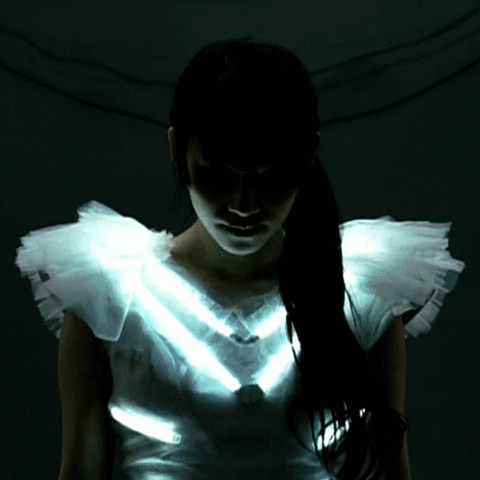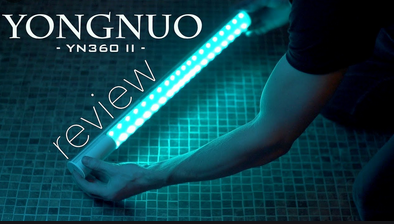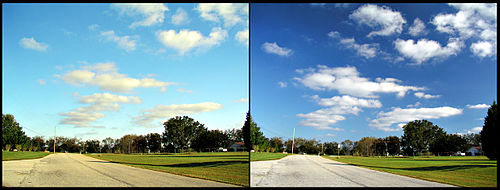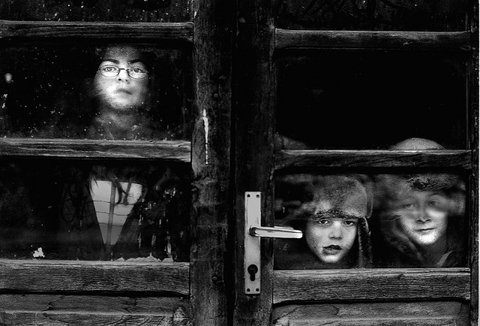lighting workshop with Camilo Constain
Toronto, September 29, 2019
l. You can light by unlighting. Use small black cloths or black boards. They can absorb light coming from white walls or windows. Subtracting light can increase contrast. You can use “negative fill” – by putting a black board beside a face you’re shooting.
Contrast is everything. Drama, character, expression – it all arrives via contrast.
2. Light supplier. Where to get cheap portable LED-based lighting gear?
YN216 needs NP battery. Cost: $50 small bright portable handheld light.
YN360II – light sword. Cost: $160. can dial up colours (via phone)
Hardware stores sell small light rods eg. Evergreen LED magic wand. $15.
3. The key light is the main light. The fill light comes from the other side. Wherever you are there’s always a dominant light source – that’s the key light.
How to explore and maximize natural light – the light that’s already there?
*TIP: Look for contrast.
*TIP: Angle of shooting – camera placement in relation to subject – that’s the most important thing. What does light look like from this angle?
4. In your digital camera – histogram is the lighting meter for a digital camera.
5. Filters: polarizer. Cost: $150-300. B+W $100. Best: Schneider.
Polarizer organizes the light so you can see textures and reduce reflections. You can see through windshield or glasses without glare. You can make clouds pop out of the sky, or reduce shimmer/shine off water.
6. Night shot. At night light comes from above. (Where does light come from?)
Black out windows – night arrives. Put a light on the ceiling, point it at ceiling – soft light fills the scene. Point it directly down, hard light creates contrast, but looks ‘real.’ In order to diffuse the light – use Kleenex. Or a dish cloth.
Colour gives us messages. It creates a mood.
You can create colour by bouncing light off a coloured object – a red blanket, a red towel.
Blue is the shortest wavelength (lots of energy, vibrates quickly) – it’s the last colour to come to your eyes. Cold colours are the fastest. When we use cold colours in the background we feel comfortable. Hollywood posters have blue in background and orange in the foreground.
7. My most usual lighting set up! Can I reveal this secret?
I like to use 2 lights – one behind the subject, one in front. They are in a line, on the same axis – 45 degrees to the right in front, 45 degrees to the left in the rear.
If necessary can use 3rd light to fill from front left.




